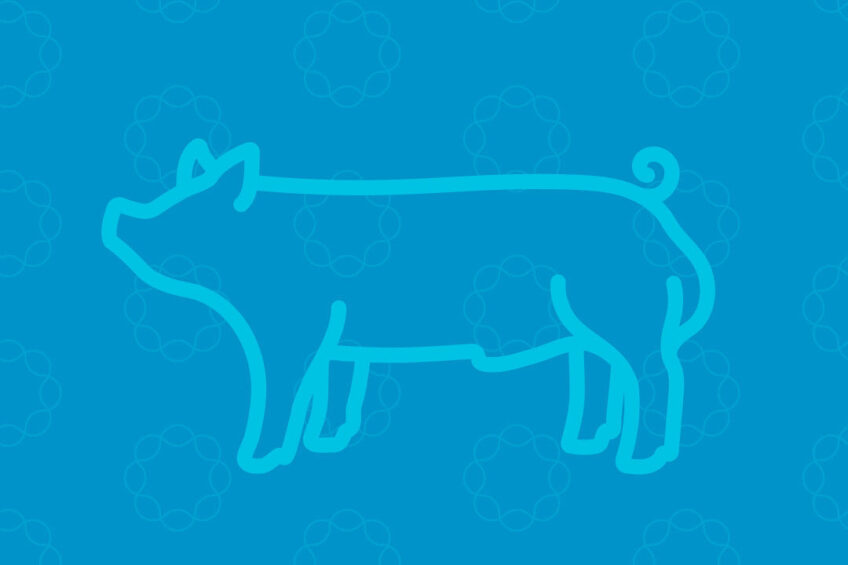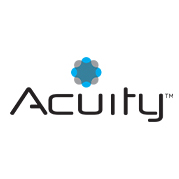Bringing commercial mentality to genetics

Geneticists don’t raise pigs; producers do. While that seems obvious to anyone involved in pork production, swine genetics programmes too often reflect idealism and not farm-level reality.
Dr Bradley Wolter noticed this disconnect and set out to change how genetics research, and the swine that come from it, was done alongside company co-owner and Chairman Ken Maschhoff in 2003.
Wolter’s and Maschhoff’s brainchild blossomed into what has become Acuity Swine. From that time, Acuity – which means sharpness of thought – has developed terminal Duroc lines, and maternal Landrace and Yorkshire populations designed for commercial pig operations.
“We’ve said we are born from commercial production, and that is wholeheartedly true,” says Dr Clint Schwab, Acuity president. “Each day we work to provide genetic solutions that deliver value to our customers.
“We believe customer value is far more than just the pig. It is the way we build that pig, the ideas that craft our understanding of its potential and the willingness to push into new territories that really brings Acuity value.”
New territories, indeed. Last year Acuity extended its service territory well beyond its traditional eastern and midwestern U.S. markets, by entering China and Latin America.
International market entrance
Acuity’s entry into international markets is aided by its ongoing relationship with Indiana USA-based swine genetics company Whiteshire Hamroc which also boasts a strong history of international customer service. This partnership approach ensures a strong understanding of the non-U.S. markets and the commercial requirements for genetic success.
Central to Acuity’s genetics research is its Commercial Test Herd (CTH). Testing swine in a commercial setting isn’t new, but Acuity’s unique approach allows for economies of scale and precision unlike any other in the industry, says Dr Justin Fix, director of business development and genetic improvement.
“Whether it’s our ability to capture pen intake by sire, individual boar fertility, or a sire’s percent grade A pigs to the plant, we leverage 500-plus offspring per sire to understand differences and select boars for future generations that will generate more value for our commercial partners,” Fix says.
Commercial validation
The CTH programme is fashioned after a large commercial system’s research and development platform, but with notable differences. The process starts with understanding how value is created from the boar stud through to the packing plant.
This is where Acuity’s partner farms come in. At each location Acuity maintains technology centres, allowing its research teams to dive deeper into fertility and growth data, and identify ways the production environment influences swine performance.
The tech centres were set up as standard production sites, then modified to facilitate in-depth analysis of a large breadth of data points. Caleb Shull, director of research and innovation for The Maschhoffs and an architect of the CTH programme, says Acuity’s research method picks up where institutional research leaves off, filling in information gaps that limit producer decision making.
“For instance, we added adjustment gates in the back of every pen to keep a constant floor space allocation per pig when pigs have to be removed from pens, and we added scales to weigh entire pens and individual pigs,” Shull says. “We also added sophisticated feed systems capable of blending and forming batches of feed for each pen. All of which provide us the opportunity to test variables we believe impact performance in a true commercial setting.” This level of variable assessment ensures the boar metrics used for genetic selection are as aligned with commercial output as possible.
A customer-centric focus
“What we offer are genetic tools and, more importantly, a service-mindfulness to help our partners meet their goals,” Schwab says. “Thus, our tagline: Your success is our benchmark. However, you define success, we want to have the data, the technology and support to get you there.”
 Beheer
Beheer



 WP Admin
WP Admin  Bewerk bericht
Bewerk bericht